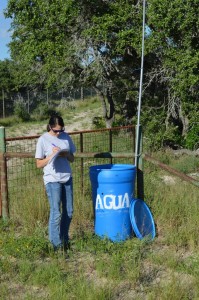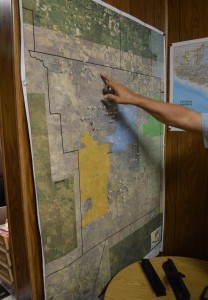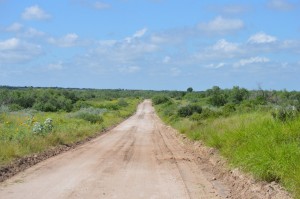I’ve been fortunate to be part of Team UIndy for part of yesterday and for the full day today. I was part of the team for all of the first two digging seasons, but unfortunately wasn’t able to help for the full season this year. But because I was able to be with the team for the full day today, I figured I’d write today’s post.
Today the team started the main process of working on the first section we ever worked on here in Sacred Heart Burial Park, from 2013. This is an incredibly challenging task, because it involves moving more dirt than we’ve ever moved before, in a very small window of time. Essentially, we were tasked with developing a strategy that allowed a six-person team to completely check a plot of land that was originally searched by approximately 30 people back in 2013. We only had one gravemarker to show us where a grave could be, and we knew that we would encounter empty coffins from 2013 after we had already exhumed the individuals from inside, which could eat up our limited amount of time.
Our solution: we dug three trenches, each about a meter apart and about half a meter deep, that spanned a main portion of the plot of land and from which we will expand in the coming days. From the trenches, we could probe deeper with a T-probe to try and find coffins, and we could also probe at an angle into adjacent areas without having to dig. With this strategy, we can check all of the land with only doing about a third of the digging. And it worked.
Today we recovered two individuals, one that was marked by the aforementioned gravemarker, and the other being someone that was missed in the 2013 exhumations. We also found a few empty coffins, but were able to analyze the situation, verify that there were no individuals inside, and continue along efficiently. I made the cliche remark to Justin today, “Work smarter, not harder”, and he replied, “I hate that phrase. Every time I hear it I think ‘How about you just do both?’ “. Today was that day: we worked smart, and hard.


